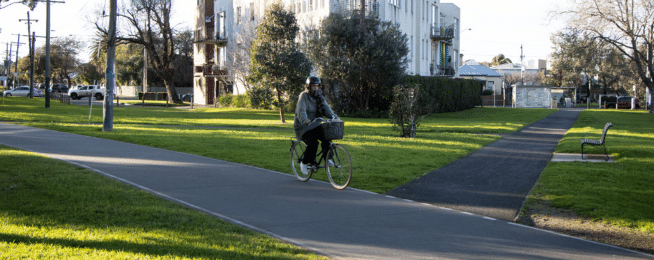Victoria's new vision for better public health has a strong focus on increasing physical activity and reducing sedentary lifestyles.
The Victorian Public Health and Wellbeing Plan 2023-2027 is the key framework for the whole of government and its partners, including local government. It aims to guide work to prevent illness and protect the health and wellbeing of all Victorians.
The updated plan says more than one third of the disease experienced by Australians is preventable and it aims to address risk factors to keep Victorians healthy.
The plans says that only half of Victorian adults meet the physical activity guidelines for sufficient physical activity (53% per cent of women, and 48.7% of men).
"Regular physical activity is a well-known protective factor for preventing and managing chronic disease including cardiovascular disease, type 2 diabetes and certain cancers,” the plan says.
"Physical activity also plays an important role in improving quality of life, managing and decreasing pain, and promoting mental wellbeing.
"Physical activity is particularly important for children because it supports optimum development, learning and growth. It also establishes the patterns for a lifelong trajectory of active living.”
Increasing active living is one of 10 priorities in the plan. Others include improving sexual health and reproductive health, reducing harm from tobacco and e-cigarette use, improving wellbeing, increasing healthy eating, reducing harm from alcohol and drug use, tackling climate change and its impacts on health, preventing all forms of violence, reducing injury and, decreasing antimicrobial resistance across human and animal health.
The plan says the benefits of active living extend beyond physical health.
"Regular physical activity (including active transport) improves mental health, helps to mitigate climate change, can reduce risk of injury and improve reproductive health," it says.
"Being physically active as we age is important for maintaining mobility and independence and can help improve and maintain cognitive function, memory and attention, lower the risk of dementia, and maintain independent living for longer.
"Providing active transport options can offer opportunities for community connections and reduced social isolation."
Or become our friend and subscribe to receive our fortnightly newsletter.


